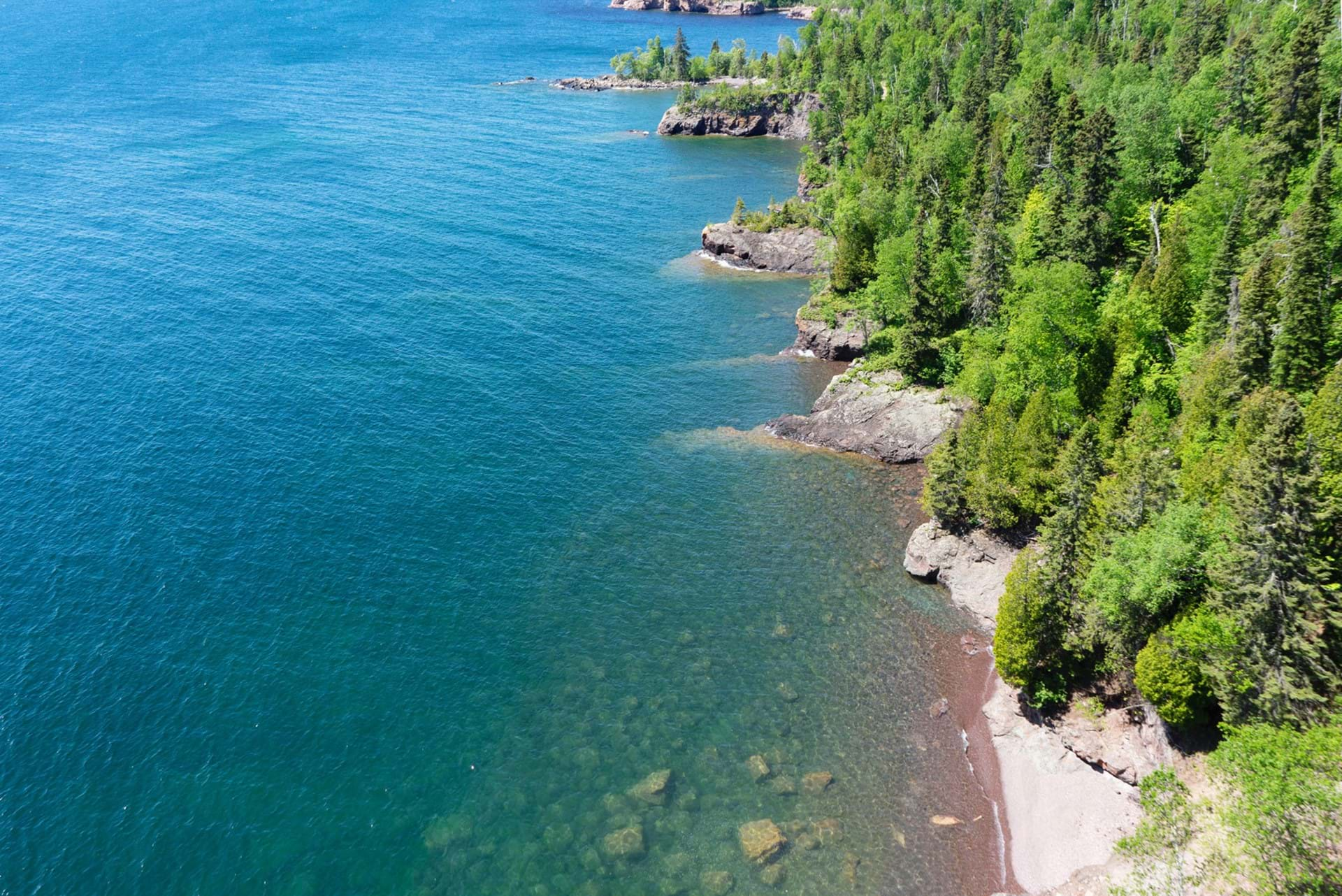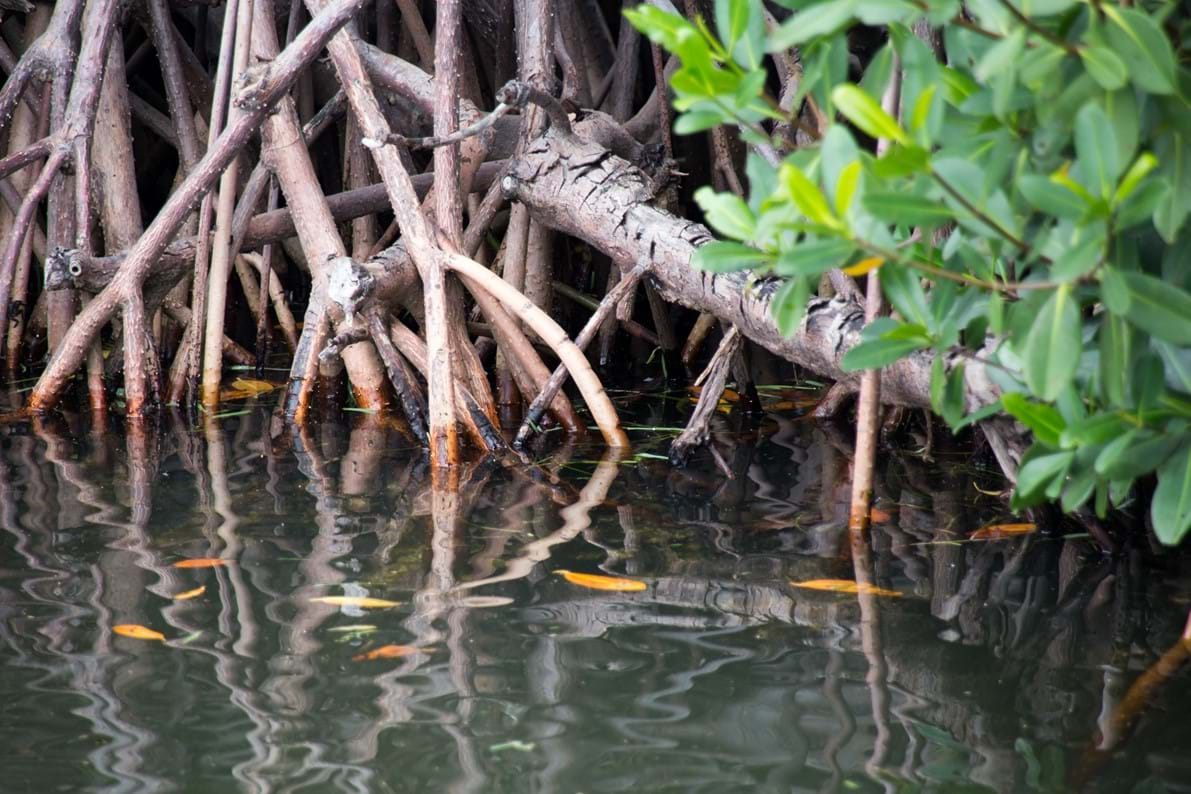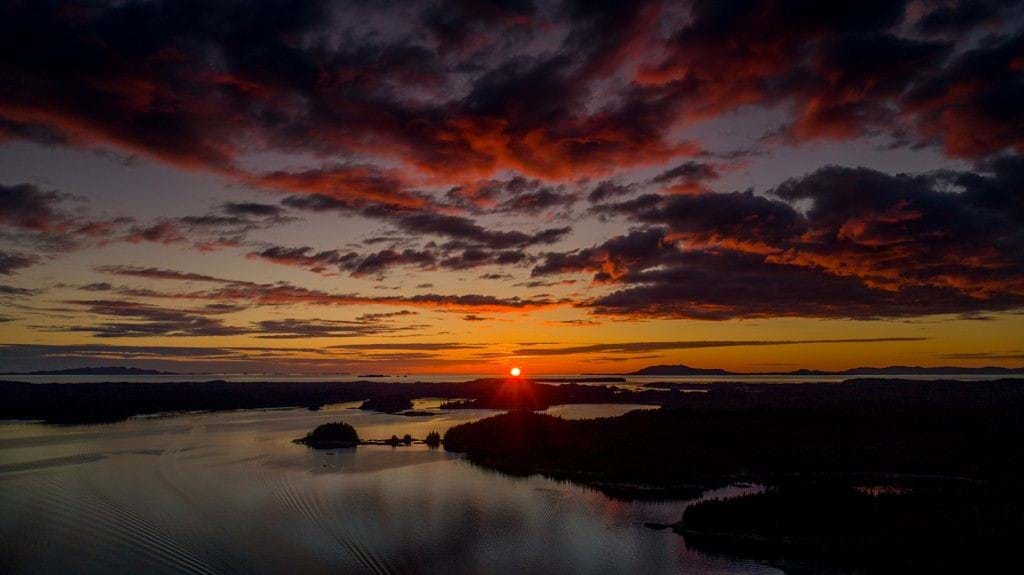
A big step towards biodiversity protection
BiodiversityA new environmental performance indicator on aquatic ecosystems now applies to ports that participate in the Green Marine environmental certification program.
“This indicator provides a missing link,” says Véronique Trudeau, who as an aquatic biologist has been delighted to be Green Marine’s Program Manager overseeing the indicator’s development.
“While the program already had some criteria related to minimizing the impacts of port operations on surrounding aquatic ecosystems, such as port waters, the shoreline and surrounding streams, rivers, and wetlands, there were none for measuring impacts – as there are for other indicators,” she explains.
The criteria will now involve assessing the current situation, monitoring the health of aquatic ecosystems, and setting targets for improvement.
West Coast suggestion
Green Marine’s West Coast Advisory Committee first raised the need for the industry to align with the Environment and Climate Change Canada mandate to protect ecosystems. The development of a five-level indicator applicable to ports was subsequently added to Green Marine’s action plan.
“It takes a lot of work to develop a full-fledged indicator and ensure that each of the levels beyond Level 1 monitoring of regulations is sufficiently demanding but still feasible,” Trudeau notes. “My educational background is in aquatic ecology, but I learnt a lot about port operations in the course of helping to develop this indicator, thanks to our working group.”
As is always the case with new indicators, the one for aquatic ecosystems will be optional for the first year (reporting on 2023 results) so that ports can become familiar with all the criteria before it becomes a certification requirement. Green Marine will also collaborate with ports and supporters in the working group this year to develop guidelines for some of the four criteria levels beyond Level 1 monitoring of regulations.

The new indicator encourages ports to establish ways to characterize and subsequently monitor aquatic ecosystems in terms, for example, of their water and sediment quality and biological components.
Given the relatively high number of criteria outlined at each level and the significant amount of effort to achieve each objective, the new indicator offers some flexibility in terms of obtaining each level. “For example, we have seven different criteria at each of Levels 2, 4, and 5, as well as six at Level 3, and participants need to fulfil a subset of these criteria at each level,” Trudeau relates.
Getting started
Each port authority is asked to complete the criteria within what it defines as the port’s immediate and extended zones of influence.

“We needed a flexible definition because some ports have authority over the water off their land base while, for others, the property stops at the waterline,” Trudeau explains.
Levels 2 through 5 provide a pathway for ports to make a progression from characterizing to monitoring the aquatic ecosystems within their zone of influence.
“At Level 2, a port is encouraged to do a literature review on its surrounding aquatic ecosystems, delineate its immediate and extended zones of influence, and finally identify and establish potential contacts with environmental organizations, academic research institutes and/or government agencies that can help with characterizing and monitoring and might already be doing some of this work,” Trudeau explains.
Collaborations encouraged
“We’re encouraging ports to work in partnerships, whenever possible, to avoid duplicating efforts and to reduce the workload and associated costs,” she adds. “Consultants should be hired if a port doesn’t have the necessary resources or time and no one else is already doing this research.”



At Level 3, ports are required to carry out efforts that characterize the aquatic environment. “This should also be done in partnership, if possible,” Trudeau says.
Level 4 outlines the criteria to initiate the monitoring aquatic ecosystems. This includes developing a management plan for them, along with the implementation of sustainable solutions. The Level 5 criteria recognizing excellence and leadership involves collaboration with local and regional stakeholders to turn Level 4 monitoring efforts into a long-term monitoring program.
The working group is now developing the guidelines for the habitat characterization and monitoring criteria, which have four main components in the indicator.
Other criteria within the indicator recognize participation in aquatic ecosystem research projects, while others acknowledge efforts made to educate and raise awareness.
For example, some of the criteria recognizes a port’s efforts to make its users and visitors aware of the ways to reduce the risk of introducing or spreading aquatic invasive species.
Dredging-related criteria
Although dredging is already highly regulated, the new indicator encourages going above and beyond requirements in a number of possible ways. At Level 4, ports are encouraged where permitted to repurpose dredge sediment. Another Level 4 option is for a port to participate actively in a scientific research or pilot project aimed at understanding and reducing the impacts of dredging and sediment management on wildlife and natural habitat.

The Level 5 dredging criteria include an option to reduce the amount of maintenance dredging required.
“In other words, to try to find a sustainable way to reduce the amount of sediment buildup in the first place,” Trudeau says. “Of course, you have to make sure that your solution isn’t creating a new problem.”
Yet another Level 5 criteria option involves having completed within the last 10 years a sediment cleanup project on a site under the port’s control. “This can apply, for example, to those ports that were built many years ago on contaminated landfill,” Trudeau adds.
Another criterion encourages ports to use environmentally friendlier dredging techniques. “The sediments are removed at a slower rate to reduce the amount of dispersion,” Trudeau explains. “Since this process takes longer, it’s also usually more expensive.”
Project guidelines
Some criteria, mainly at Levels 4 and 5, also relate to habitat protection and restoration. “When we began developing this indicator, I asked all the ports in the working group to send me a list of all their habitation restoration projects or anything they were already doing or have done in the past in relation to their aquatic ecosystems,” Trudeau recalls.
It turns out nearly all of these ports had already conducted or participated in a restoration project – often related to the restoration of a shoreline or fish habitat.

Port of Vancouver's Maplewood Marsh habitat restoration project/ Le projet de restauration du marécage Maplewood du Port de Vancouver.
The projects will provide a good idea of what can be done when some of them are included as examples in the criteria’s guidelines. “We also need to develop an annex that provides some guidelines for developing an Aquatic Ecosystems Management Plan, specifically in terms of what would be the minimum requirements,” Trudeau says.
Projects carried out as part of a habitat compensation project agreement with government authorities don’t qualify, unless a port takes this opportunity to go well beyond what’s required by that project. It can then serve to fulfil one of the criteria at Level 4.
